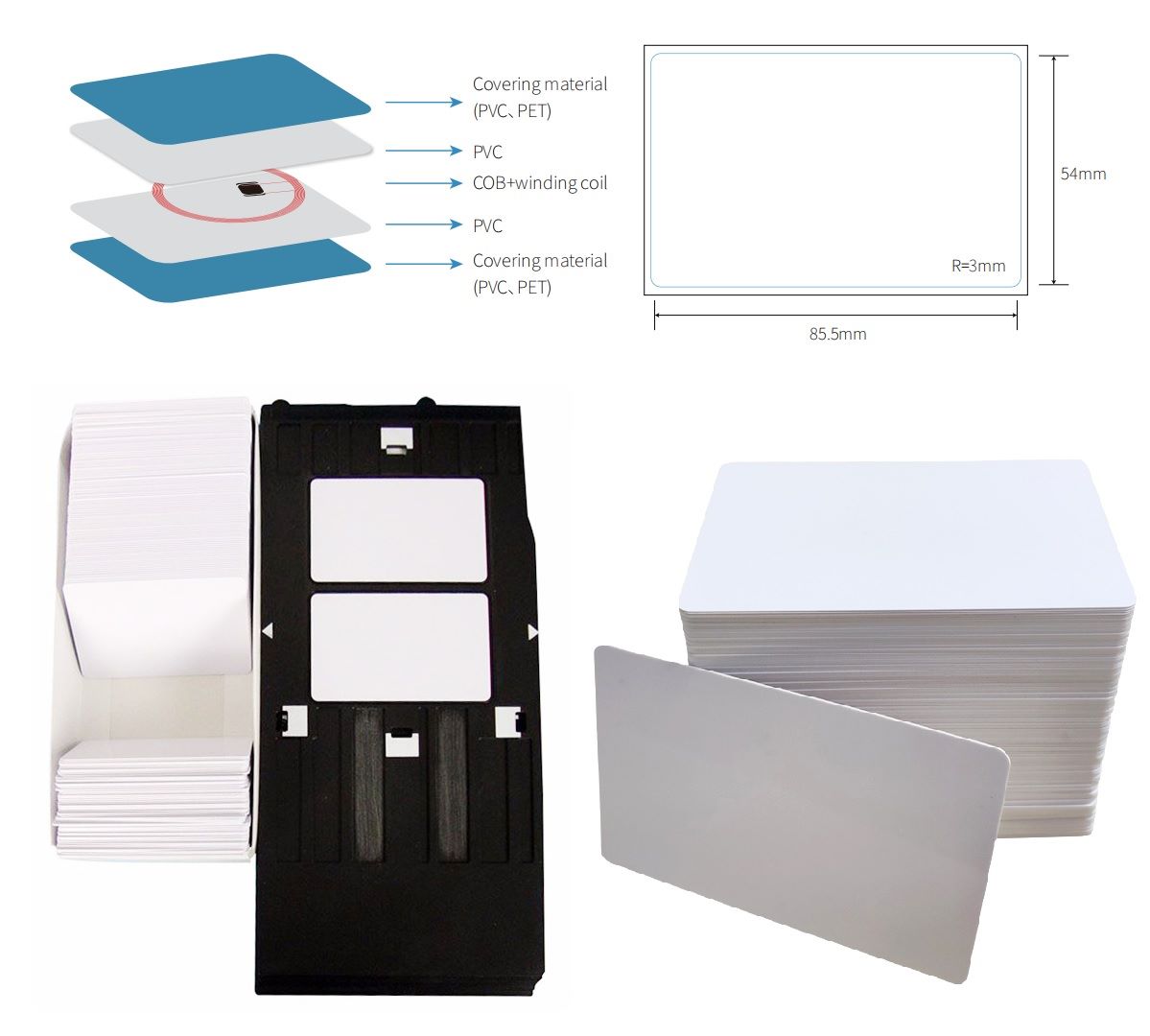Except for the security industry, access control continues to grow in many organizations around the world. This includes our customers! Most of them use some type of proximity card or MIFARE card for access control, ticketing, charging, attendance and other applications. What is the difference between MIFARE card and proximity card?

However, it is easy to confuse proximity cards with MIFARE cards. The following are the basic differences between the two technology card options:
The microchip embedded in the proximity card has only one function: to provide the prox card reader with the card identification number and/or field facility code number so that it can be verified by a remote computer.
Many access control systems only read the identification number and do not need the available memory in the smart card. Prox cards (such as HID 1386 prox cards) are usually used for access control.
A bit of history: MIFARE cards and readers were originally developed to process payment transactions in the European public transportation system.
Today, because the microchip and memory are embedded in the MIFARE card, the MIFARE card can provide identification, verification and store information on the card. These cards are very durable and are designed to keep your sensitive information safe. Before the MIFARE card and the reader are mutually authenticated, the encryption key prevents the data from being sent.
It is also an RFID card because its frequency is 13.56 KHz. There are three main differences between MIFARE card and standard proximity card:
The frequency of the MIFARE card is 13.56 Mhz. The standard 1386 proximity card is 125KHz.
The standard MIFARE card has been programmed with a unique 32-bit serial number at the factory. This is a random number and does not include the facility code. Most 26-digit proximity cards use facility codes in their configuration.
The MIFARE card has memory for storing values (usually up to 1 KB of data). Proximity cards do not have the ability to store value.
MIFARE cards can be programmed with multiple credentials, which adds an extra "handshake" between the reader and the reader software. The memory in the MIFARE card can also be programmed to be used as a cash card or prepaid membership card.
RFID reader and Prox reader
It is important to ensure that your card reader can "read" 13.56 KHz technical cards; your readers may only be able to read 125KHz frequencies. In addition, the MIFARE card is pre-encoded with a unique 32-bit number, so you need to make sure that your software can read the 32-bit format.
We understand that choosing the right technology card for your application can be confusing and somewhat complicated. Whether your organization needs proximity cards or MIFARE cards, you don't need to feel pressured about it.